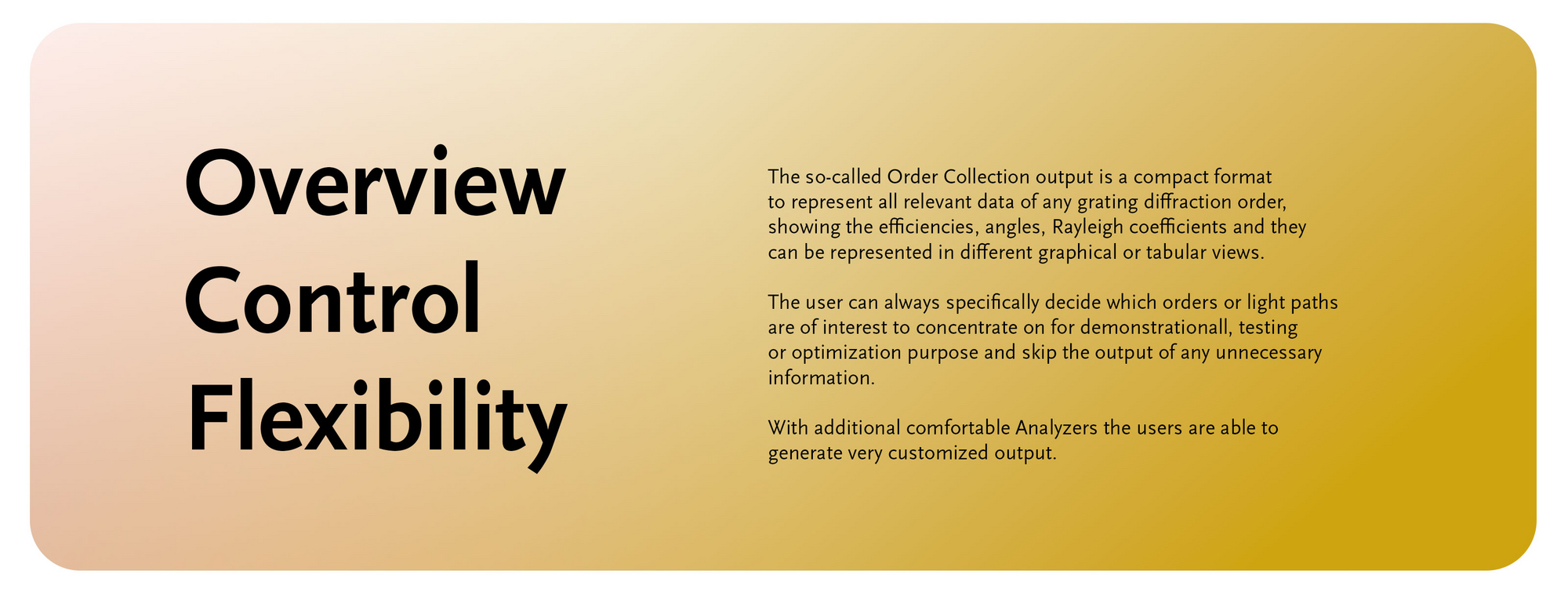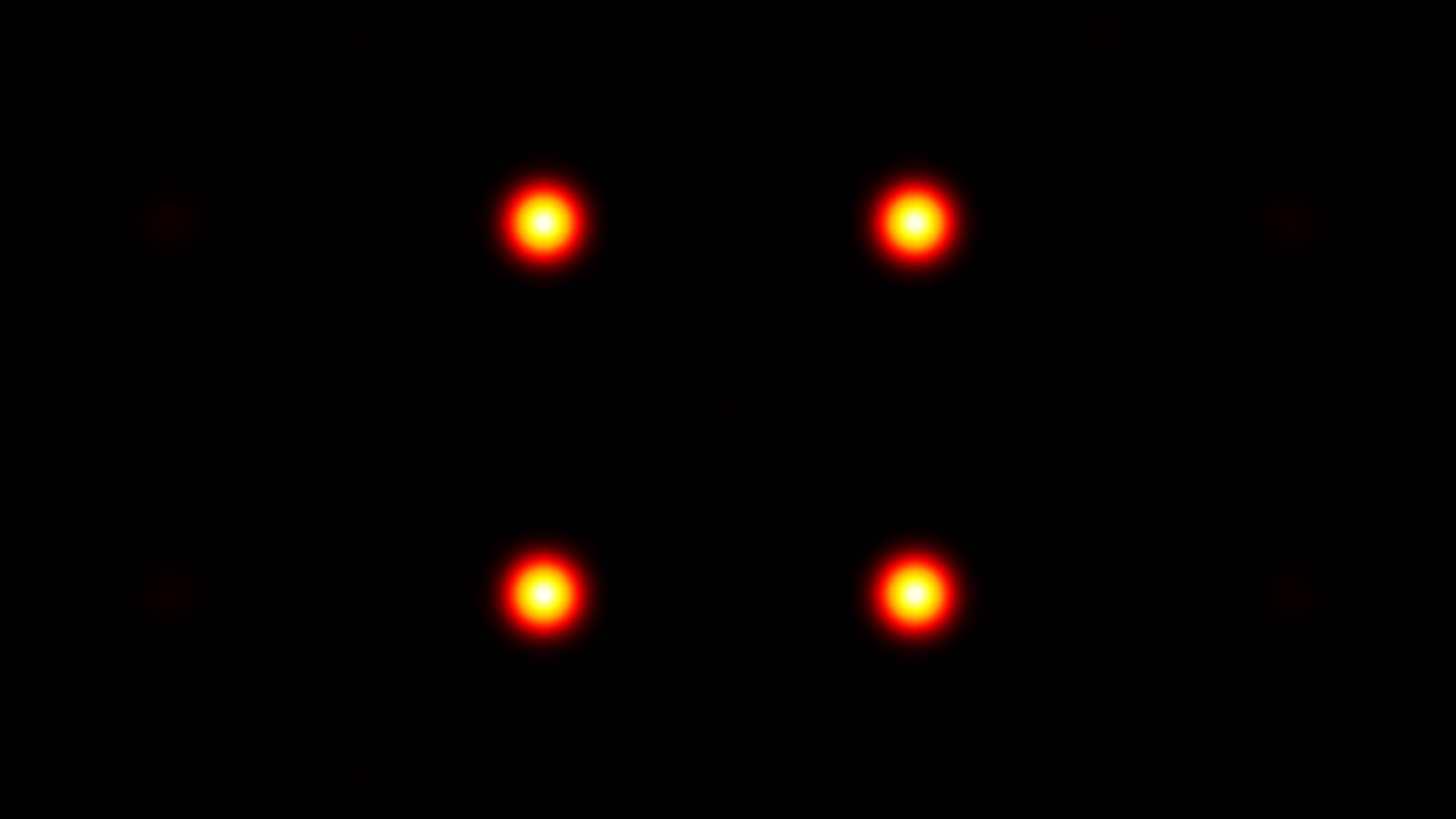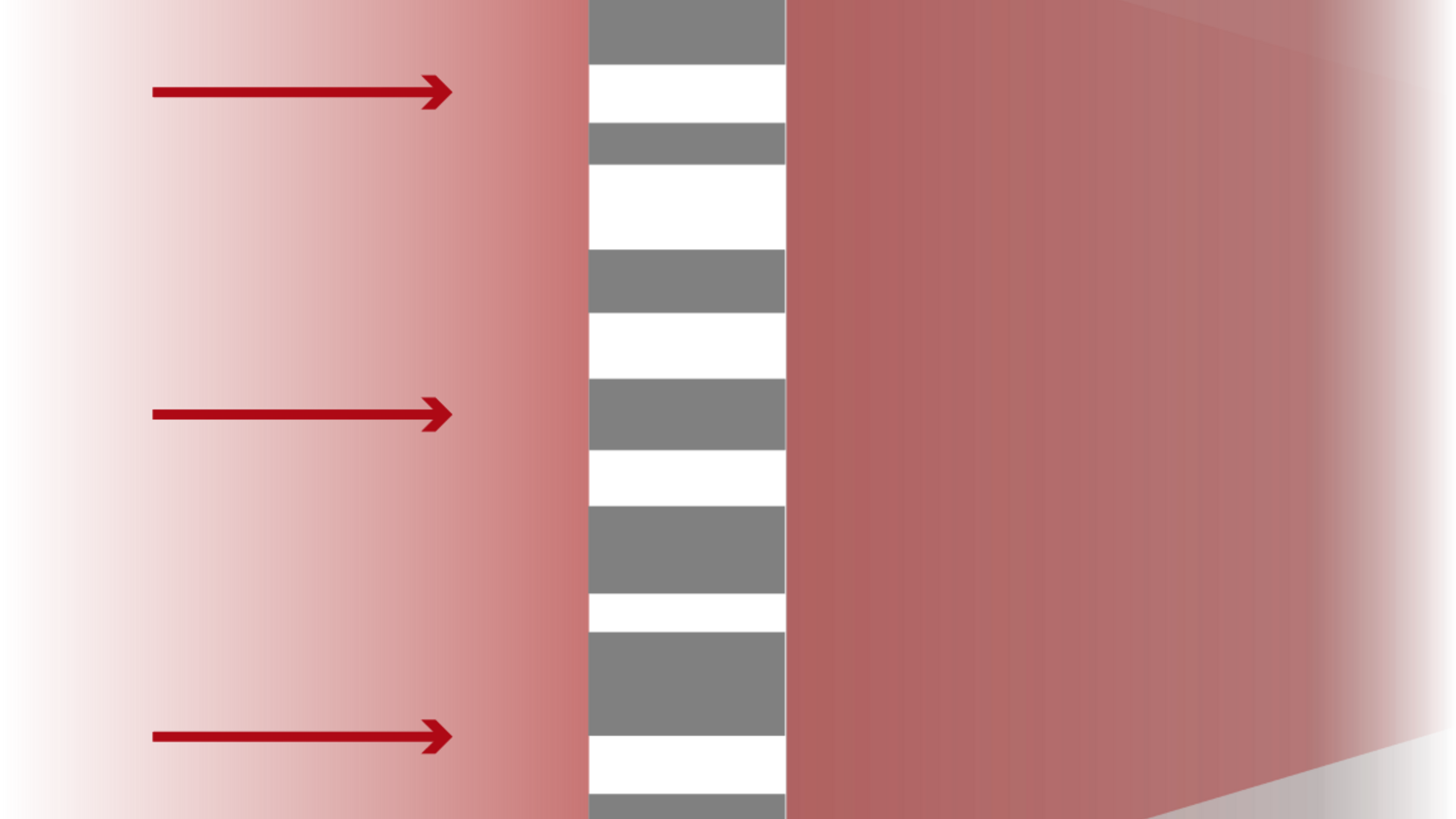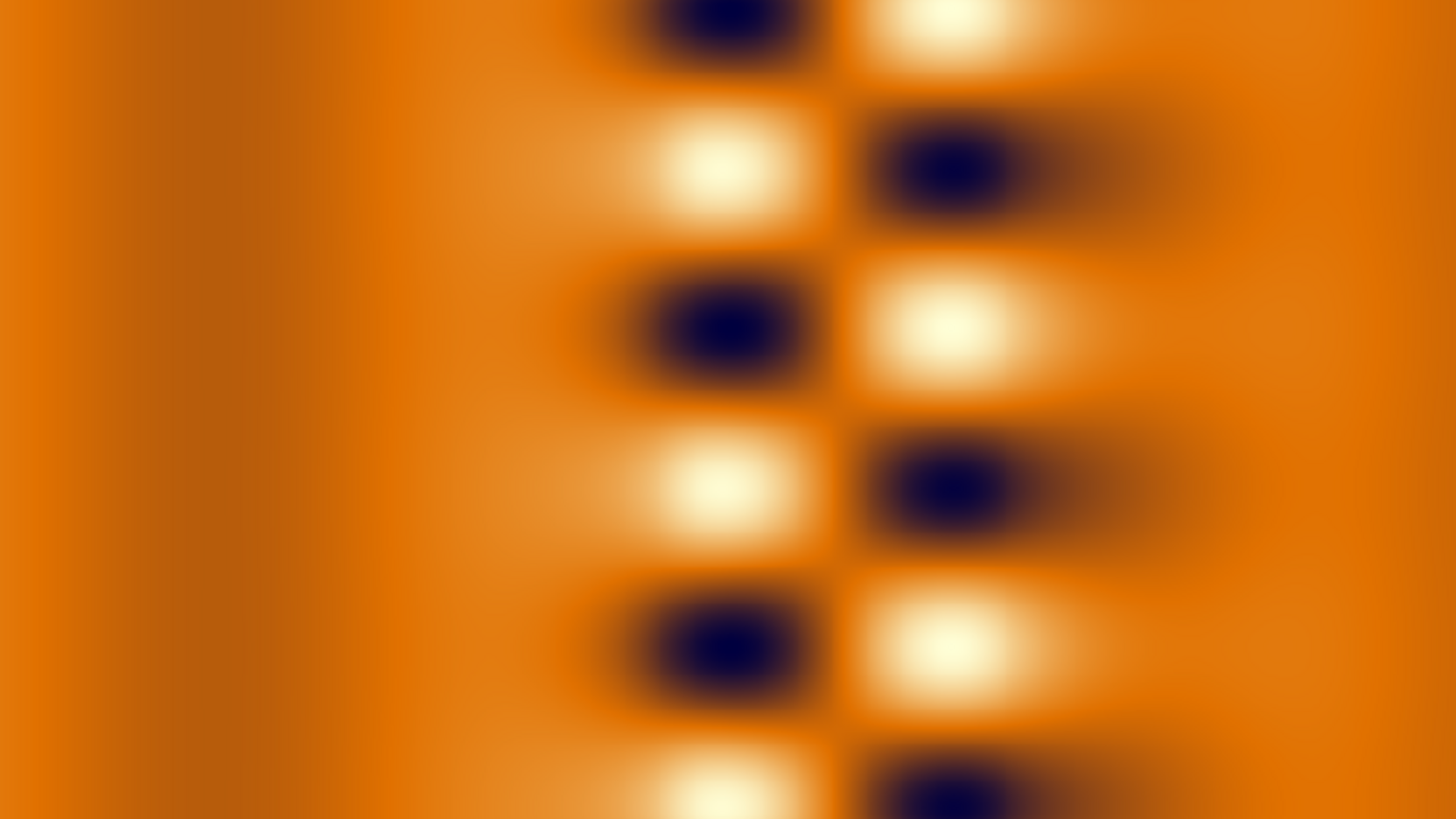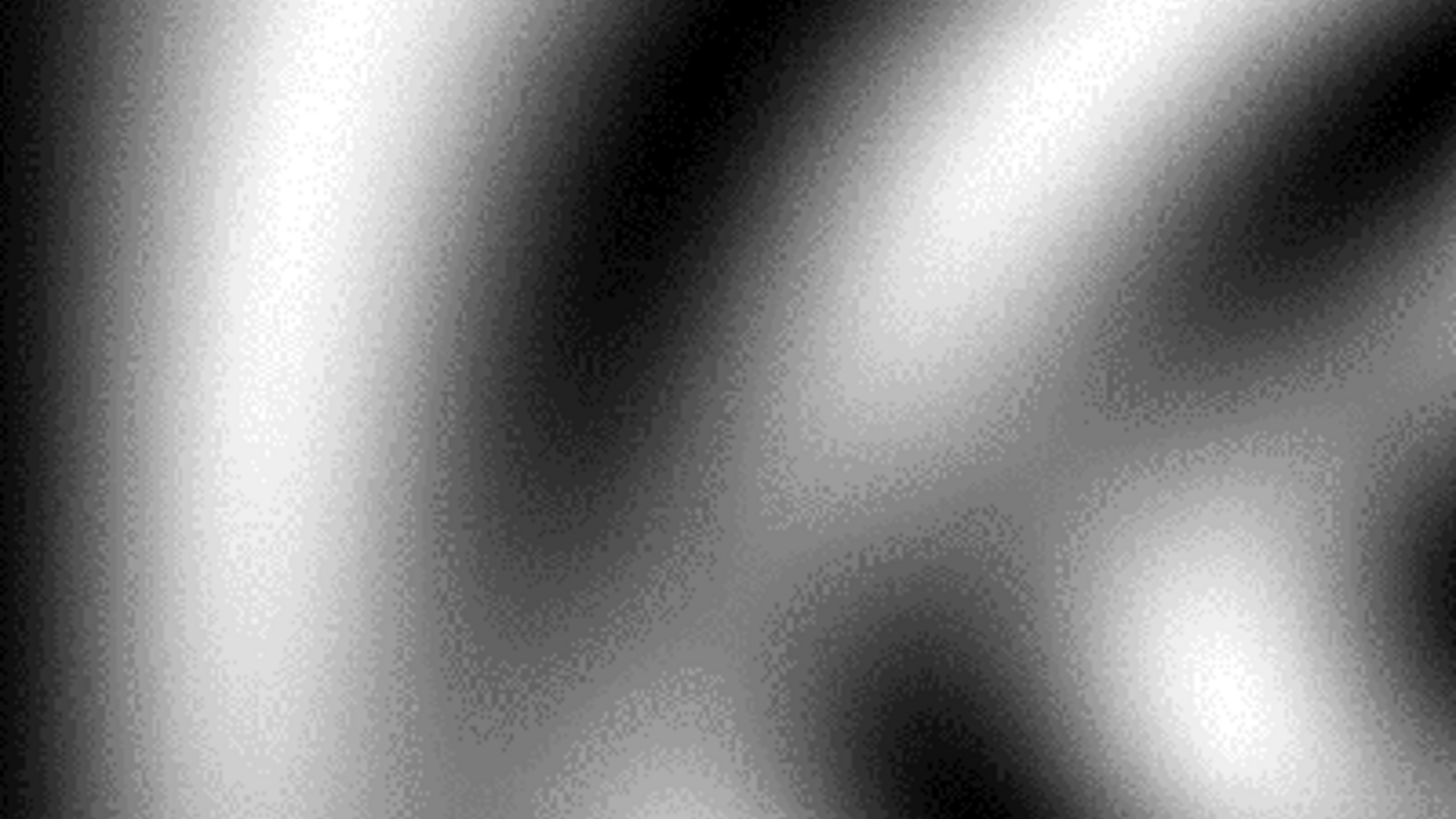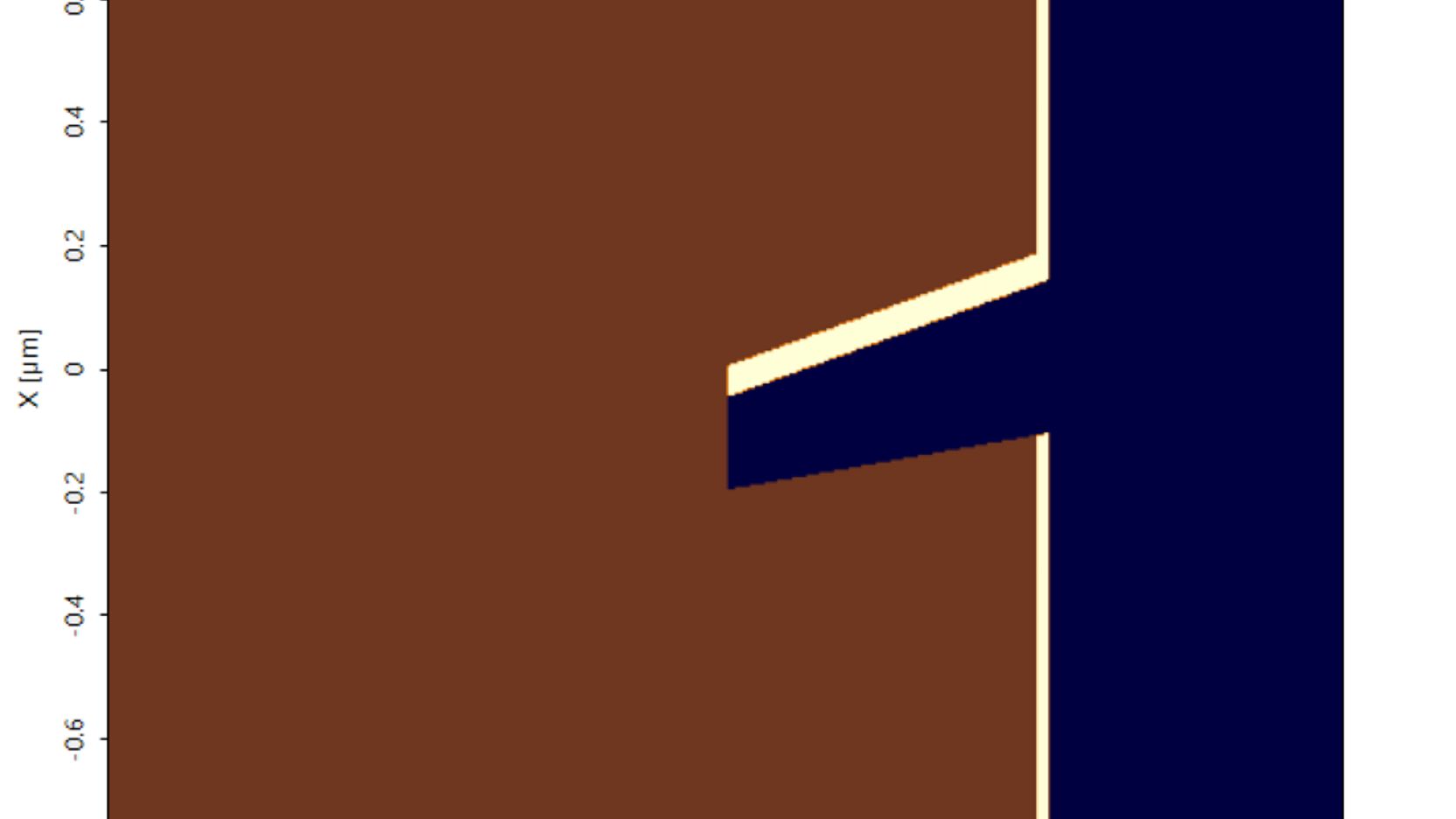Gratings
Our Grating Analysis and Design solution empowers users to analyze and optimize 1D/2D periodic gratings, volume holographic structures, and meta-surfaces – even in complex multiscale optical systems. With support for arbitrary input fields and advanced tolerance investigations, its intuitive interface and powerful FMM/RCWA engine enable seamless design and simulation – all within a single, integrated platform.
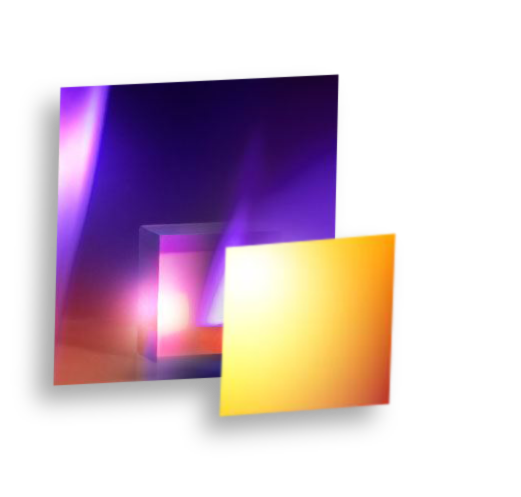
Fast, Easy & Accurate, Multiscale.
- Multiscale Systems with Any Gratings Included
Often the first step for grating implementations is its individual evaluation. But at some point, typically one wants to put gratings in a more complex system or it is even required to perform optimizitions within such systems. VirtualLab Fusion (VLF) is famous for its outstanding capability to use different methods in different parts of one system. This allows system simulations of multicale level. E.g., appropriate methods for large or small structures are applied according to their needs the system.
- Fast Simulations
VLF has always focused on improving the speed for its computations. Be it by implementing fast algorithms for solving the electromagnetic Maxwell's equations, be it by making our algorithms well parallelized for mult-core computing, be it by using even distributed computing (DC), where one can use any machines in the network or even cloud computing, by making use of as many and as powerful hardware as required, and last but not least by offering also approximated options which often fulfills the requirements or represent the best compromise.
- Easy & Accurate Analyses
VLF provides the user help on many different levels for the selection of the right configuration, such as our Automatic Propagation Selector or additional tools such as the _Parameter Run document, which allows to investigate parameters whose settings need to be checked for convergence or by our many Assistant's descriptions. The default algorithm for a rigorous evaluation is our powerful Fourier Modal Method / Rigorous Coupled Wave Analysis (FMM/RCWA) whose application for grating investigations has proven itself in most scenarios to represent the best choice.
